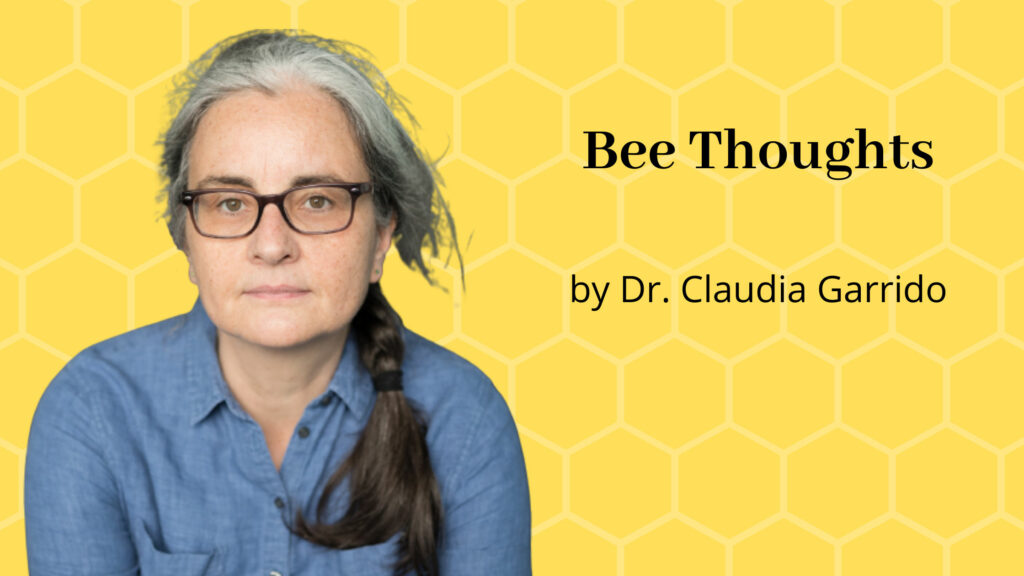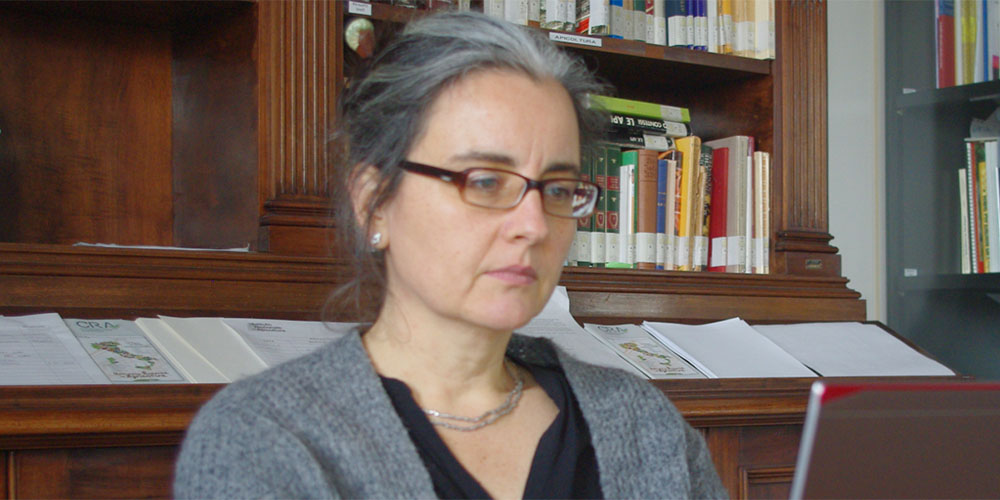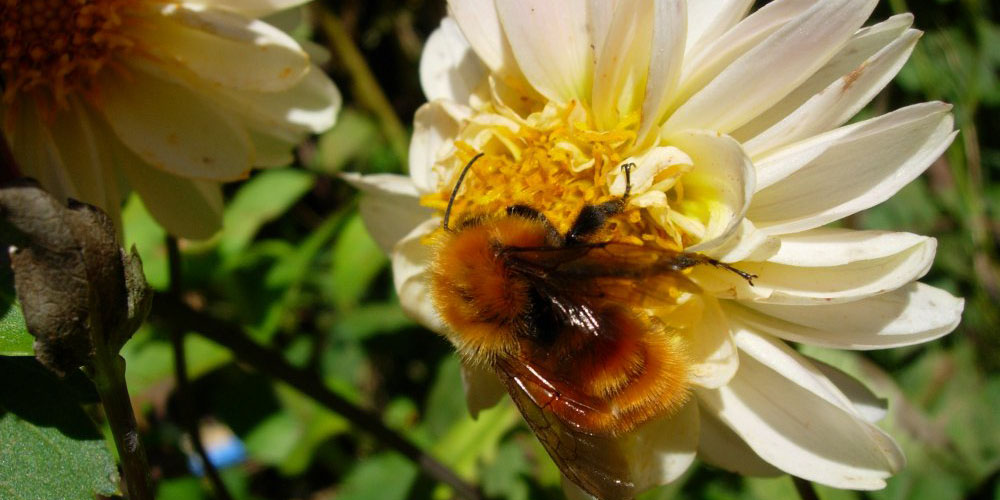Good practices and bee health are closely linked – that’s kind of trivial. But there are many layers to this statement. The application of it may also seem quite overwhelming. Both “good practices” and “bee health” are big words that need some life and practicability to fill them.
There are different elements of good practices that contribute to honey bee health. It’s a constant balance between the colonies’ needs and the interests of the beekeeper. In my opinion, putting the animal first will also help productivity. But apart from this individual level, there’s much more to good practices.
Expanding the concept of good practices and bee health
The apiary site is one of the things that are crucial. It influences bee health in many ways. The site should be sunny and warm, but provide shade in the hottest hours of the day. Then, airy, but not exposed to the wind. And, last but not least, provide enough flowers for the bees to feed on. And here’s the point where it sometimes gets a bit tricky.
Many beekeepers think that beekeeping is a “natural” activity. However, honey bees are a strange in between, both a wild and domesticated animal. They’re domesticated because they’re managed by humans. They’re controlled in hives, massed on apiaries. All things that aren’t “natural”. On the other hand, honey bees aren’t like cows or chicken that can be totally controlled in a stable. They need to fly outside and continue to have the behaviour of the wild animal. The beekeeper influences it by preventing swarms, for instance. But it’s still there.
The “domesticated” aspects create some conflicts. Honey bee colonies use the same resources and spaces as wild pollinators. Their parasites and pathogens can spill over to other insects. Managed honey bee colonies come in great numbers, they’re grouped in small areas – all this favours the spread of diseases. And in some spaces, the large number of honey bees could mean that there’s nothing “left” for wild pollinators. Conservationists, therefore, sometimes put beekeeping in contrast to the attempt to maintain biodiversity.
We depend on biodiversity
On the other hand, biodiversity is an important element of honey bee health. Honey bees are healthiest when they get a diverse nutrition, especially pollen. And the presence of a lot of other bee species protects them also from the rapid spread of their own diseases. Because not every bee species is a “good host” for every bee disease.
But there’s more to this, too: We, as humans, depend on biodiversity. It’s important for our nutrition. Food security, so feeding us with enough and nutritious food, depends on it. The pollination services we need can’t be covered by honey bees alone. All these things are highly complex and shouldn’t be reduced to good or bad, beekeeping versus conservation, or similar black and white simplifications.
Science-based approaches for better solutions
Here’s where a recent and important paper comes in. A group of international researchers developed a concept on how to integrate all these apparently different approaches. Which, in my opinion, is the only way to get somewhere. Because there’s a common interest to maintain biodiversity. The confrontation we see currently doesn’t help anybody. Especially, as the research on the topic isn’t always as clear-cut as the different stakeholders present it. Or as the authors of that paper put it:
“Despite more than 200 scientific papers addressing managed bee–wild bee interactions, and 66% concluding that there are potential risks to wild bees, evidence […] does not include long-term and population-level assessments. […] Nevertheless, due to increasing pressure from stakeholders, […] policy-makers have begun to ban managed bees from conservation areas or cities, a trend that is likely to increase.”
The authors of this paper stress the importance of creating more knowledge on the issues to find better solutions than just banning honey bees. That alone only fuels the conflict. Especially, as this isn’t just between beekeepers and conservationists. It also includes farmers’ concerns, the consumers’ interest in affordable food, etc. As you can see, things are connected and often not as simple as those who shout loudest want to make you believe.
Back to good practices and bee health
So, to come back to bee health: Good practices are one of the elements the researchers include in their concept. It’s part of the mitigation measures, together with offering more floral resources in agricultural landscapes, reducing other stressors like pesticides, and including local initiatives and projects. These mitigation measures result from scientific knowledge but also from socio-economic factors. One of them related to beekeeping would be the possibility of learning about good practices and bee health. You can’t do the right thing if you don’t know what it is, after all.
The central part of this proposal is the most interesting to me: Co-creation of solutions by different stakeholders. So, let’s say farmers, beekeepers, conservationists, and scientists discuss together about the orchard meadows in South-Western Germany. These are valuable habitats for a lot of insects and other animals. They’re also a traditional spot for beekeepers to put their bees during flowering. The farmers want to get a good harvest from this extensive cropping system.
Instead of shouting over each other’s heads defending the own position, trying to find a common ground would help much more. Beekeepers, for instance, could say “OK, we guarantee that we limit the number of colonies in this area and take care of diseases.”. Conservationists and scientists could monitor the populations of wild pollinators to see if there’s any impact from this management. Together they could all work on proposals how to keep negative effects at bay. Which, finally, could serve as a foundation for policies that help both food security and conservation.
Everyone doing his part for a common goal… In the end, it would help every single beekeeper and all of us. Is this only a utopia or possible, what do you think?



